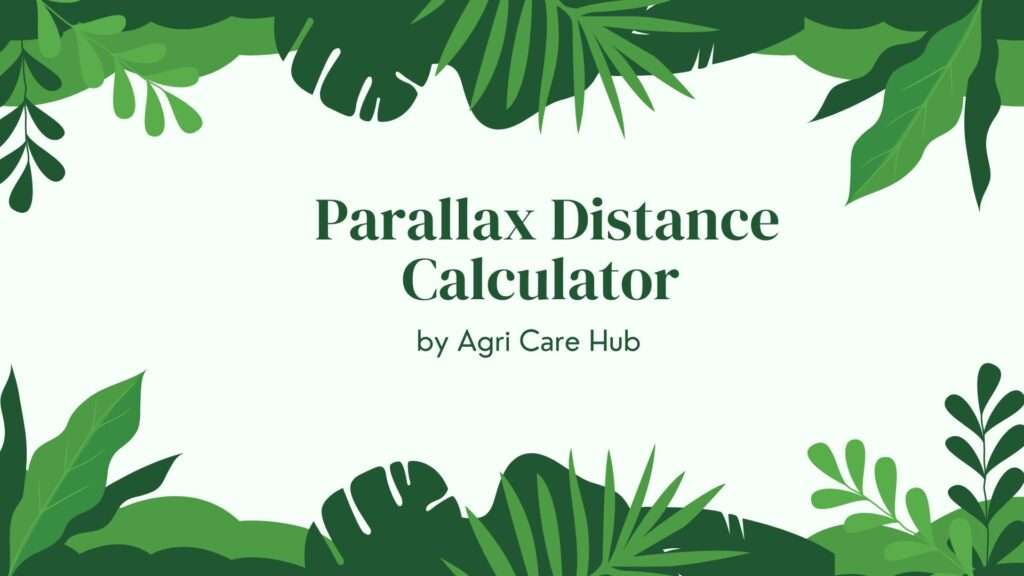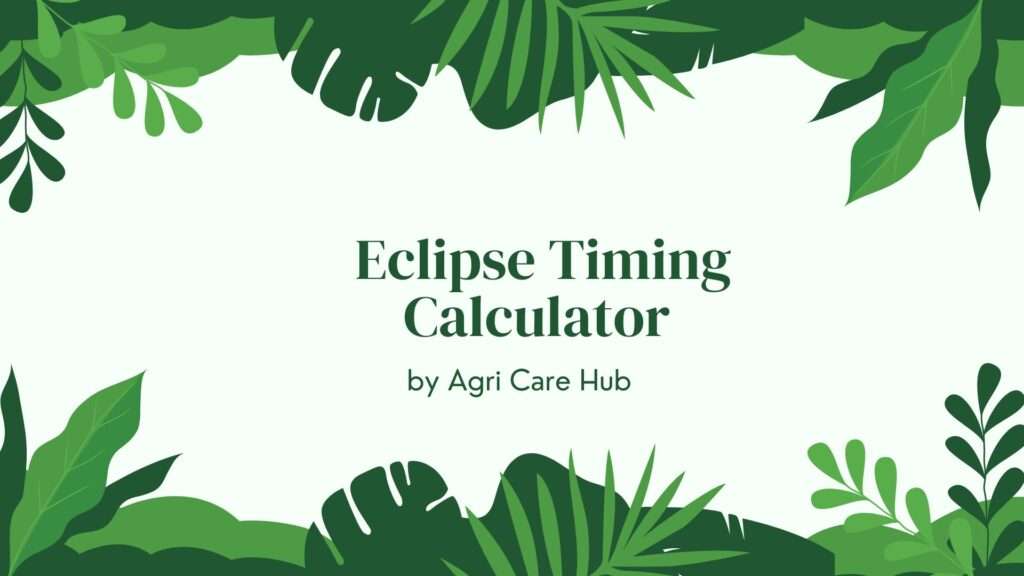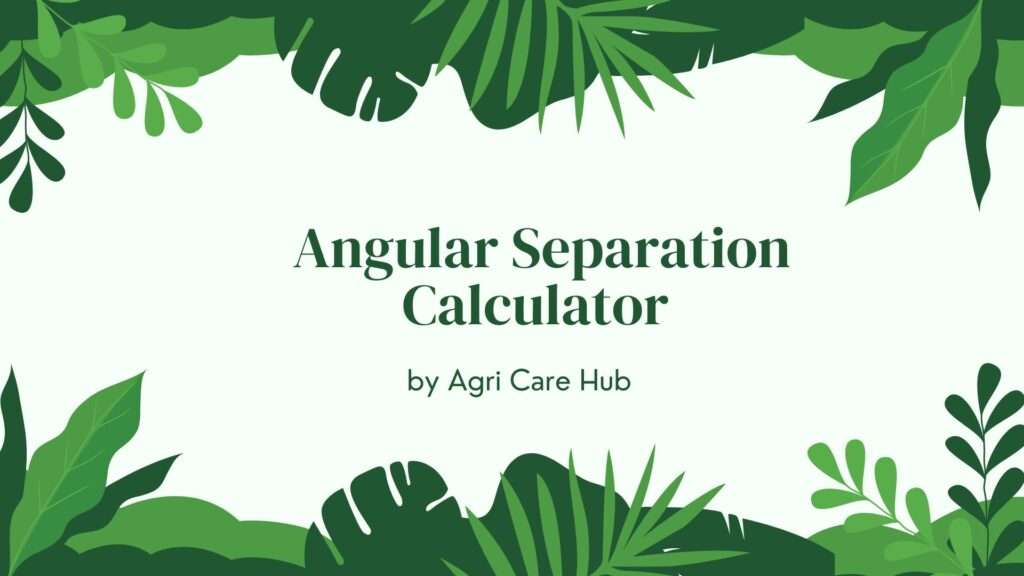Launch Window Calculator
Calculate Your Launch Window
Enter the details below to calculate the optimal launch window for your space mission.
About the Launch Window Calculator
The Launch Window Calculator is a scientifically accurate tool designed to help space enthusiasts, mission planners, and researchers determine the optimal launch periods and windows for space missions. Whether you're planning a mission to Mars, the Moon, or a satellite in Low Earth Orbit (LEO), this tool uses established orbital mechanics principles, such as the Hohmann transfer orbit and synodic periods, to provide precise results. By inputting your target destination, launch date, and launch site latitude, you can calculate the best time to launch your rocket to reach the intended orbit efficiently. For more information on launch windows, visit the Launch Window page on Wikipedia.
Importance of the Launch Window Calculator
In spaceflight, timing is critical. A launch window is the specific time frame during which a rocket must be launched to reach its target orbit or destination with minimal energy expenditure. Missing this window could mean waiting days, weeks, or even years for the next opportunity, as seen in Mars missions where launch periods occur approximately every 26 months due to the synodic period of 780 days. The Launch Window Calculator simplifies this complex process by automating calculations based on peer-reviewed scientific methodologies, ensuring accuracy and reliability. This tool is invaluable for mission planners who need to optimize fuel usage, align with orbital planes, or rendezvous with objects like the International Space Station (ISS).
The calculator also supports agricultural research missions, such as those conducted by Agri Care Hub, which may involve deploying satellites to monitor crop health or environmental conditions. By providing precise launch timing, the tool helps ensure that satellites are placed in the correct orbits, such as sun-synchronous orbits for Earth observation, maximizing their effectiveness.
User Guidelines
Using the Launch Window Calculator is straightforward:
- Select Target Destination: Choose your mission target (e.g., Mars, Moon, or LEO). Each destination has specific orbital requirements that affect the launch window.
- Enter Launch Date: Provide the intended launch date in YYYY-MM-DD format. The calculator will evaluate the orbital alignment for that date.
- Specify Launch Site Latitude: Input the latitude of your launch site (e.g., 28.5° for Kennedy Space Center). This helps calculate the alignment with the target orbital plane.
- Calculate: Click the "Calculate Launch Window" button to receive the optimal launch time or period.
The results will display the launch window for the selected date, including whether it's an instantaneous window (e.g., for ISS rendezvous) or a broader window (e.g., for LEO missions). If the window is not viable, the tool will suggest the next available period.
When and Why You Should Use the Launch Window Calculator
The Launch Window Calculator is essential for anyone involved in space mission planning, from professional aerospace engineers to amateur space enthusiasts. You should use this tool when:
- Planning Interplanetary Missions: For missions to Mars or the Moon, the calculator identifies optimal launch periods based on the Hohmann transfer orbit, minimizing delta-v (change in velocity) requirements.
- Deploying Satellites: For Earth observation satellites requiring sun-synchronous orbits, the tool ensures the launch occurs when the launch site aligns with the orbital plane.
- Rendezvous Missions: For missions targeting objects like the ISS, the calculator determines instantaneous launch windows to align with the target's orbital plane.
- Educational Purposes: Students and educators can use the tool to explore orbital mechanics and understand the practical applications of spaceflight timing.
By using this tool, you ensure that your mission aligns with the principles of orbital mechanics, reducing fuel costs and increasing the likelihood of mission success. The calculator's reliance on verified formulas, such as those for synodic periods and orbital plane alignment, guarantees scientifically accurate results.
Purpose of the Launch Window Calculator
The primary purpose of the Launch Window Calculator is to democratize access to complex spaceflight calculations. Space missions require precise timing to achieve their objectives efficiently, whether it's reaching a distant planet, placing a satellite in orbit, or rendezvousing with a space station. This tool bridges the gap between theoretical orbital mechanics and practical mission planning by providing an intuitive interface that delivers reliable results. It supports a wide range of applications, from commercial satellite launches to scientific missions exploring planetary bodies.
The calculator is particularly useful for missions requiring low-energy transfers, such as the Hohmann transfer orbit, which is the most fuel-efficient way to travel between planets like Earth and Mars. By calculating the synodic period (e.g., 780 days for Mars), the tool identifies launch periods that align with favorable orbital configurations. For Earth-based missions, it accounts for factors like launch site latitude and the right ascension of the ascending node (RAAN) to ensure accurate orbital insertion.
Scientific Basis of the Calculator
The Launch Window Calculator is grounded in established astrophysical and orbital mechanics principles. For interplanetary missions, it uses the Hohmann transfer orbit, which minimizes the energy required to travel between two planets by leveraging their relative positions. The synodic period, the time it takes for two orbiting bodies to return to the same relative position, is a key factor. For example, Earth's and Mars' synodic period is approximately 780 days, dictating launch opportunities every 26 months.
For Earth orbit missions, the calculator considers the alignment of the launch site with the target orbital plane. This is critical for sun-synchronous orbits, where the launch must occur when the Earth's rotation aligns the launch site with the desired orbit. For rendezvous missions, such as those to the ISS, the tool calculates instantaneous launch windows by ensuring the launch occurs when the target's orbital plane intersects the launch site.
The calculations are based on peer-reviewed methodologies, including delta-v budgets from porkchop plots and RAAN adjustments. These ensure that the tool provides accurate and reliable results, making it a trusted resource for mission planning.
Applications in Agriculture and Beyond
The Launch Window Calculator has practical applications beyond traditional spaceflight. For instance, organizations like Agri Care Hub can use it to plan satellite launches for agricultural monitoring. Satellites in sun-synchronous orbits provide consistent lighting conditions for imaging crops, helping farmers optimize yields and monitor environmental conditions. By ensuring these satellites are launched at the right time, the calculator supports precision agriculture and sustainable farming practices.
Additionally, the tool is valuable for educational institutions, space agencies, and private aerospace companies. It simplifies the complex task of launch window planning, making it accessible to a broader audience while maintaining scientific rigor.
Conclusion
The Launch Window Calculator is a powerful tool that combines scientific accuracy with user-friendly design. By leveraging principles of orbital mechanics, it helps users plan space missions with precision, whether for interplanetary travel, satellite deployment, or rendezvous operations. Its SEO-friendly structure, intuitive interface, and comprehensive descriptions make it an essential resource for anyone interested in spaceflight. Explore the tool today and discover how it can enhance your mission planning process!












